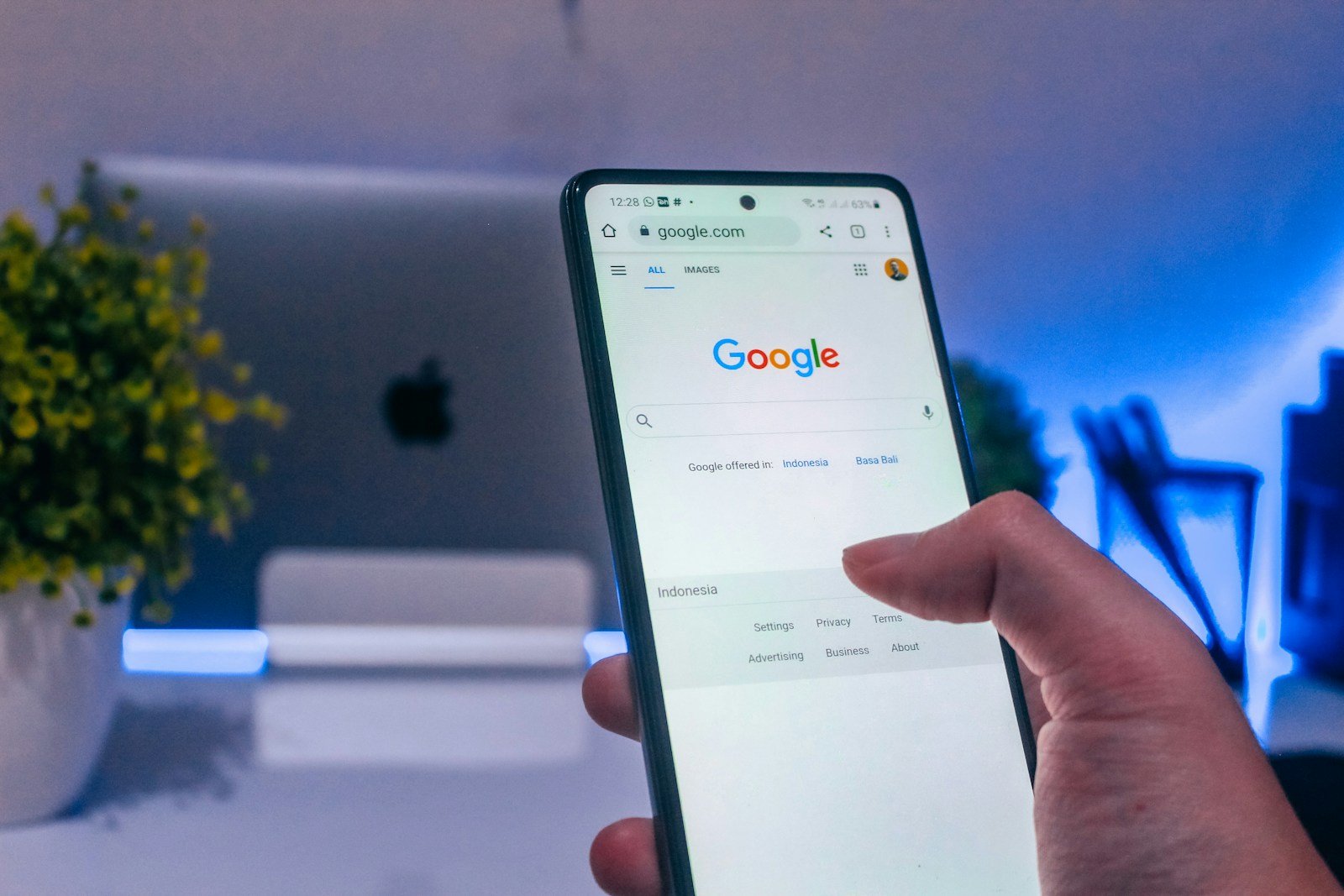What if a tool on your website could simultaneously help your customers and secretly tell Google your site is fantastic? This isn’t a futuristic dream; it’s the reality of using chatbots for SEO. Often seen as simple helpers, chatbots are powerful engagement tools that can significantly improve the metrics search engines care about.
For a long time, search engine optimization focused on keywords and technical details. While these are still important, Google now also measures how real people interact with your site. It watches to see if visitors are engaged or if they leave quickly. This is where chatbot SEO comes into play. By guiding visitors and answering their questions instantly, a chatbot can directly improve crucial signs of quality, such as dwell time. At Mavit Digital, we help businesses implement these smart tools to make their websites work harder and rank higher. Let’s explore how you can use a chatbot to send all the right signals to both your customers and Google.
Also Read: How a Strong SEO Strategy Can Save You Money on Ads
What is On-Site SEO and Why Does it Matter?
First, let’s understand what we are trying to improve. On-site SEO refers to all the actions you take on your own website to help it rank higher. This includes using the right words, having good content, and making sure your website is fast.
But Google does not just look at the words on your page. It also watches how people behave when they visit your site. This is called “user engagement.” Google wants to send its users to websites that they find helpful and interesting. If people quickly leave your website, Google thinks, “That site must not be very good.” If people stay and explore, Google thinks, “This is a great site! I should show it to more people.”
This is where our two important ideas come in: dwell time and engagement tools.
Also Read: How to Rank in ‘People Also Ask’ Boxes Effectively
Understanding Dwell Time and Bounce Rate
Let’s imagine someone clicks on your website from Google. The moment they arrive on your page, a stopwatch starts. The stopwatch stops the moment they click the back button to return to Google. The time on that stopwatch is called dwell time.
A long dwell time is good. It means the person found your page interesting and stayed to read it. Google likes this.
The opposite is a high “bounce rate.” This means someone landed on your page and left immediately without visiting any other page on your site. A high bounce rate tells Google your page might not be helpful for what the user was searching for.
Also Read: SEO Agency Vancouver: How to Boost Your Online Presence
The goal is to keep people on your site longer. This is where a chatbot can help.
How a Chatbot is More Than a Helper
A chatbot is a computer program that can chat with your website visitors. It can answer questions, guide people, and help them find what they need. But for SEO, a chatbot is one of the best engagement tools you can have.
Think of a chatbot as a friendly guide on your website. Its job is to make sure no visitor gets lost or confused. It is always there to help. This guidance is what improves those important SEO metrics.
How to Use Chatbots for Chatbot SEO
Using a chatbot for SEO is not about tricking Google. It is about creating a better experience for your human visitors. When visitors have a good experience, they stay longer, and Google notices. Here is how to do it:
1. Answer Questions Immediately
When a person arrives on your website, they often have a question. If they cannot quickly find the answer, they will leave. This creates a high bounce rate.
A chatbot can solve this. It can instantly answer common questions like:
- “What are your business hours?”
- “Where are you located?”
- “How much does this service cost?”
- “Do you have this product in stock?”
By giving an immediate answer, you solve the user’s problem. They are happy and might now explore other parts of your site. This increases their dwell time and tells Google your page was useful.
2. Guide Visitors to the Right Page
Sometimes, a visitor lands on a page that is not exactly what they need. Instead of leaving, a chatbot can ask, “What are you looking for today?” Based on their answer, the chatbot can provide a direct link to the perfect page on your website.
This is like having a digital concierge. You are helping the user find better, more relevant content. This not only helps the user but also lowers your bounce rate because you are sending them to another page on your site instead of letting them leave.
3. Recommend Related Content
After a chatbot answers a visitor’s question, it can suggest something else. For example, if someone asks about your pricing, the chatbot could say, “Great question! Here is a link to our pricing page. Would you also like to see customer reviews or a case study?”
This encourages the visitor to click on another relevant page. Each click keeps them on your site longer, improving overall engagement and dwell time.
4. Collect Feedback to Improve Your Site
Chatbots can also ask visitors for feedback. At the end of a conversation, it might ask, “Did you find what you were looking for?” If the user says “no,” you can ask what they were actually trying to find.
This information is gold for your SEO. It tells you what real people are searching for on your site. Maybe many people are asking for a product you don’t have a page for yet. This feedback helps you create new content that answers real questions. This makes your entire website more useful, which Google will reward.

Building Your Chatbot for Success
You do not need a complicated robot. A simple chatbot with a few key paths can make a huge difference. Here is what to focus on:
- Start Simple: Begin by programming your chatbot to answer your 5 most frequently asked questions.
- Use a Friendly Tone: Make your chatbot sound helpful and human, not like a machine.
- Offer a Human Option: Always give users a way to connect with a real person if the chatbot cannot help them.
- Place it Wisely: Have the chatbot pop up politely, perhaps after someone has been on the page for 20 seconds, so it does not annoy them.
At Mavit Digital, we believe in using smart engagement tools like chatbots to make websites work harder. We can help you set up a chatbot strategy that not only serves your customers but also gives your SEO a significant boost.
Also Read: Mississauga SEO Services: The Best SEO Strategies for Local Businesses
Conclusion: A Win-Win Tool
A chatbot creates a win-win situation. It is a win for your website visitors because they get instant help and a better experience. It is a win for you because happy visitors become customers.
Most importantly for SEO, it is a win for your Google rankings. By reducing your bounce rate and increasing dwell time, you are sending powerful signals to Google that your website is valuable and relevant.
In the world of chatbot SEO, the goal is simple: use technology to be more helpful. When you focus on helping people, Google will naturally reward you with better visibility.



